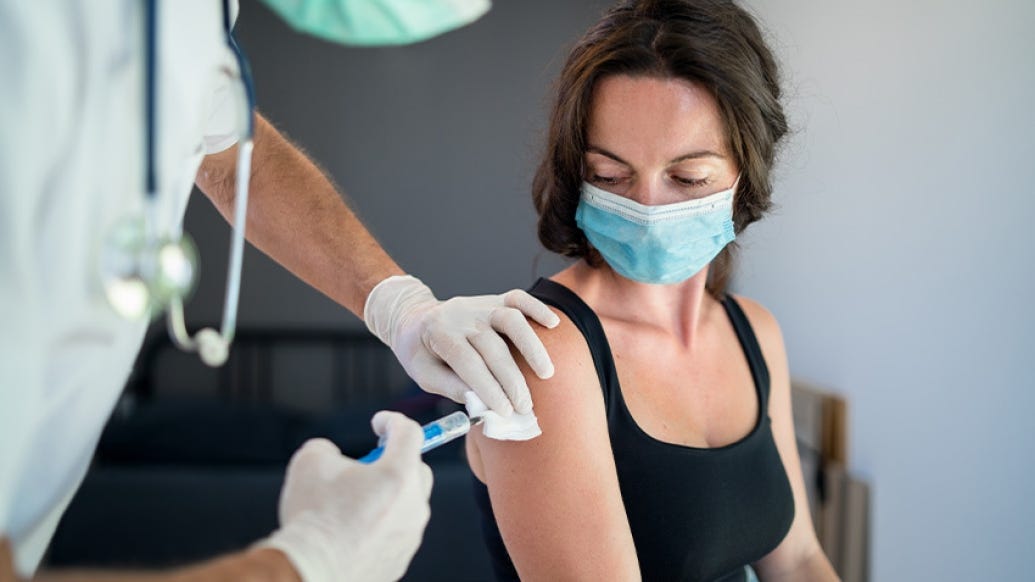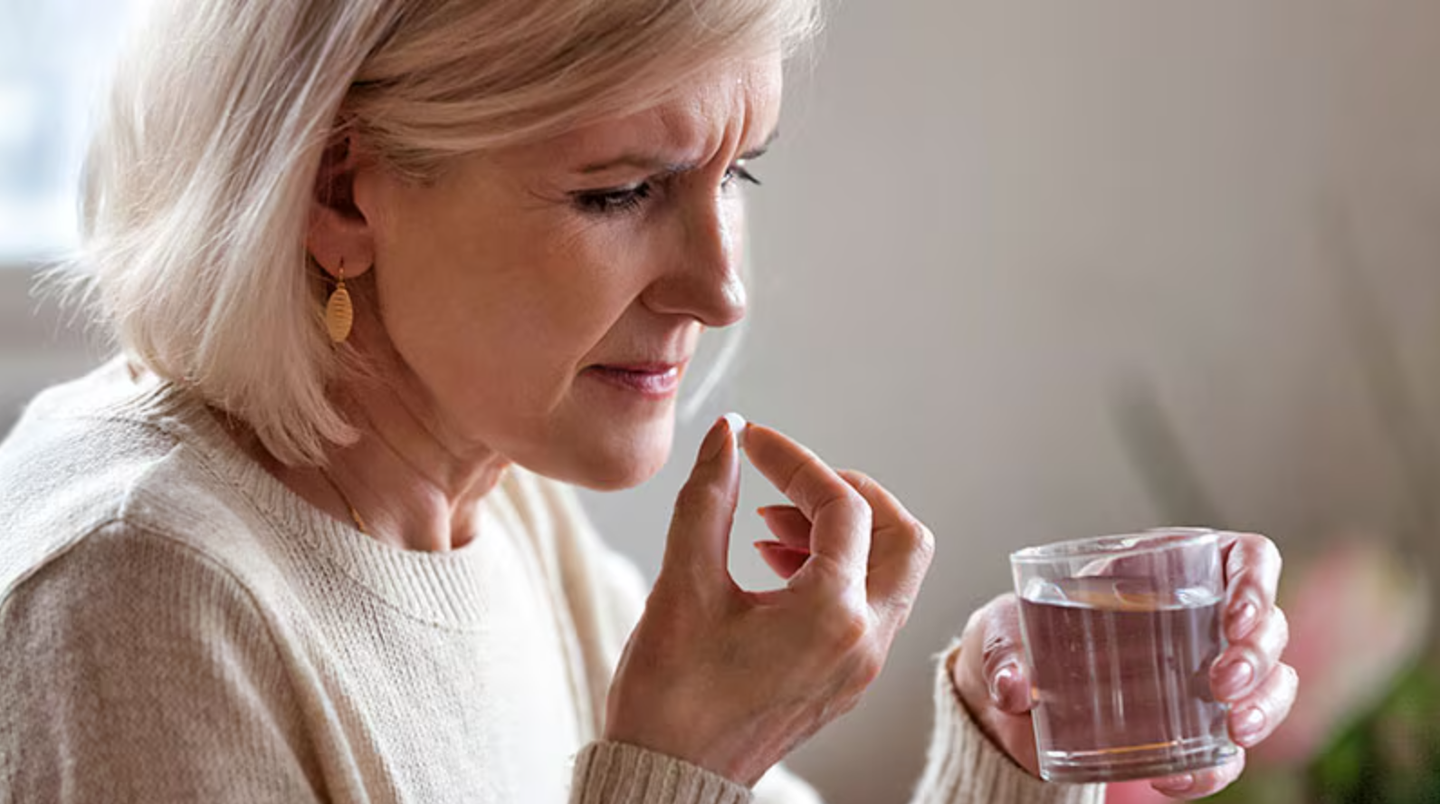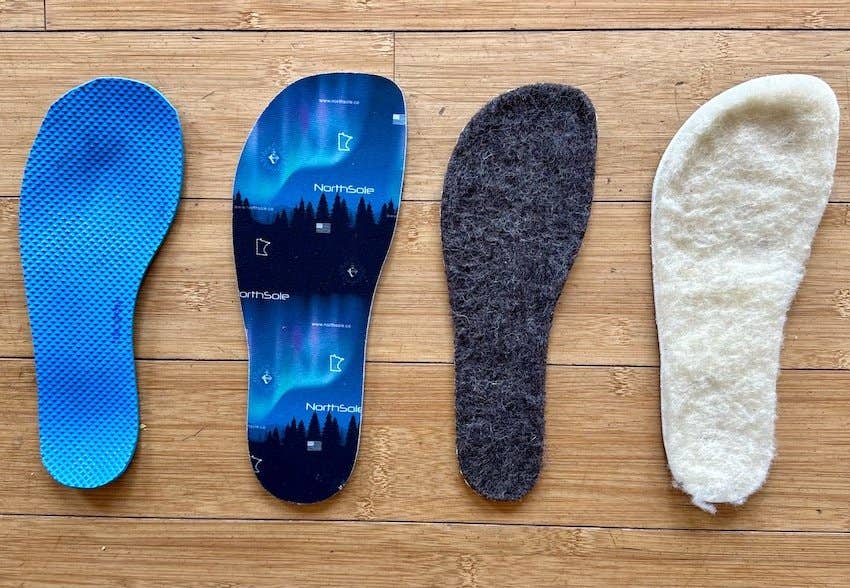Left or right arm? New study reveals why vaccination site matters
When it comes to vaccines, where they go into your body can make a surprising difference in how well they work.

Getting your vaccine booster in the same arm as your first dose could lead to faster, stronger protection. (CREDIT: Getty Images)
When it comes to vaccines, where they go into your body can make a surprising difference in how well they work. Scientists in Sydney have uncovered how getting a booster shot in the same arm as your first dose can help your immune system respond more quickly and effectively. This discovery sheds new light on how the body remembers past infections—and how vaccine strategies might improve as a result.
The study, led by researchers from the Garvan Institute of Medical Research and the Kirby Institute at UNSW Sydney, used both mouse models and human volunteers to reveal how location-specific immune cells shape vaccine effectiveness. Their findings were published in the journal Cell and help explain why repeat shots in the same spot could be more powerful than expected.
The Body’s Immune Memory, Up Close
Vaccines protect you by teaching your immune system how to recognize and fight infections. Once your body learns the lesson, it stores that knowledge through long-lived plasma cells and memory B cells. Plasma cells make antibodies, while memory B cells can jump back into action when they spot a virus they’ve seen before.
These memory cells don’t all act the same way. Some stay near the original injection site, while others circulate throughout the body. In this study, researchers found that memory B cells that stick close to where the first vaccine entered the body are better prepared for a fast and strong response. These cells live in nearby lymph nodes—organs that act as immune training centers.
In both mice and humans, memory B cells in these local lymph nodes generated more high-quality antibodies after a booster shot. The key, it turns out, lies in a special area of the lymph node called the subcapsular niche. Here, immune cells called CD169+ subcapsular sinus macrophages interact closely with memory B cells and help decide how they respond to threats.
“We found that the macrophages in the lymph node closest to the vaccine site become ‘primed’—they’re on high alert and ready to activate memory B cells more effectively when they see the antigen again,” said Dr. Rama Dhenni, co-first author of the study.
Related Stories
When Boosters Go in the Same Arm
Using advanced imaging, the researchers tracked how memory B cells move within the lymph node and how they respond to booster shots. In mice, cells in the lymph nodes that drained the original vaccine site were found in the subcapsular niche and had stronger interactions with macrophages than cells in other areas. This interaction led to better antibody responses and stronger immune memory.
The findings held true in people, too. A clinical study involving 30 healthy adults receiving the Pfizer-BioNTech COVID-19 mRNA vaccine showed striking differences depending on booster placement. Twenty participants got their booster in the same arm as their first shot, while the other ten used the opposite arm.
“Those who received both doses in the same arm produced neutralising antibodies against SARS-CoV-2 significantly faster—within the first week after the second dose,” said Ms. Alexandra Carey-Hoppé, a PhD student from the Kirby Institute and co-first author.
The same-arm group also developed antibodies that worked better against virus variants like Delta and Omicron. While both groups reached similar antibody levels by the four-week mark, the early head start could matter during an outbreak.
“This early protection could make an enormous difference at a population level,” said Dr. Mee Ling Munier, co-senior author and leader of the Vaccine Immunogenomics group at the Kirby Institute. “Speed of response is critical for rapidly mutating viruses.”
Why the Injection Site Shapes Your Immunity
The secret lies in how the immune system organizes itself around the original vaccine site. The antigen—the harmless version of the virus in the vaccine—drains from the skin into nearby lymph nodes. There, it encounters macrophages that act as gatekeepers.
These macrophages are more than just cleanup cells. In this case, they capture vaccine material and present it to memory B cells, sparking the body’s secondary immune response. If the booster shot lands in the same spot, those same macrophages spring into action again.
“It’s a brilliant system,” said Professor Tri Phan, Director of the Precision Immunology Program at Garvan. “Nature came up with this system, and we’re just beginning to understand it.”
Once activated, memory B cells can either turn into plasma cells to rapidly make antibodies or head into what’s called a germinal center. There, they can fine-tune their receptors to better recognize viruses—including new variants. Memory B cells near the original shot site are more likely to take this second path, leading to longer-lasting and broader protection.
Studies in mice confirmed that B cells from the original injection site’s lymph node were better at reentering germinal centers and generating a strong recall response. These cells lived in a specialized niche, supported by the local macrophages. In contrast, B cells from distant lymph nodes were less likely to take this route.
Rethinking Vaccine Guidelines
The findings offer new ways to think about vaccination strategies—not only for COVID-19 but for other rapidly evolving viruses like the flu. If giving boosters in the same arm boosts early protection and helps the body generate stronger, more adaptable antibodies, it could lead to faster herd immunity.
“If you’ve had your COVID jabs in different arms, don’t worry,” Dr. Munier said. “Our research shows that over time the difference in protection fades. But during a pandemic, those first weeks can be critical.”
Scientists also found that the quality of the immune response didn’t depend on which antigen primed the macrophages in the lymph node. That means the key lies not in the specific vaccine but in how the immune system remembers and responds at the injection site.
This raises the possibility of designing smarter vaccines that take advantage of this local memory. Researchers are now asking whether it’s possible to enhance the interactions between memory B cells and macrophages to build longer-lasting immunity with fewer doses.
“A unique and elegant aspect of this study is our ability to understand the rapid generation of effective vaccine responses,” said Professor Anthony Kelleher, Director of the Kirby Institute. “We dissected the complex biology in mice and then showed similar findings in humans—right where the response begins, in the lymph node.”
Toward Next-Generation Vaccines
Understanding how and where memory B cells get activated opens doors to better vaccines in the future. If scientists can replicate the effects of local priming or make those macrophages even more effective, vaccines might not need as many boosters. That could improve access, reduce costs, and speed up responses in the next public health crisis.
These discoveries remind us that the immune system is deeply connected to the tissues and spaces where it first meets a threat. While the big picture of immunity is shaped by many factors—genes, age, health status—something as simple as which arm gets the shot can still make a measurable difference.
As researchers continue to map out these immune pathways, your future vaccines might not only be smarter but also tailored to make the most of your body’s natural defense network.
Note: The article above provided above by The Brighter Side of News.
Like these kind of feel good stories? Get The Brighter Side of News' newsletter.
Rebecca Shavit
Science & Technology Journalist | Innovation Storyteller
Based in Los Angeles, Rebecca Shavit is a dedicated science and technology journalist who writes for The Brighter Side of News, an online publication committed to highlighting positive and transformative stories from around the world. With a passion for uncovering groundbreaking discoveries and innovations, she brings to light the scientific advancements shaping a better future. Her reporting spans a wide range of topics, from cutting-edge medical breakthroughs and artificial intelligence to green technology and space exploration. With a keen ability to translate complex concepts into engaging and accessible stories, she makes science and innovation relatable to a broad audience.



